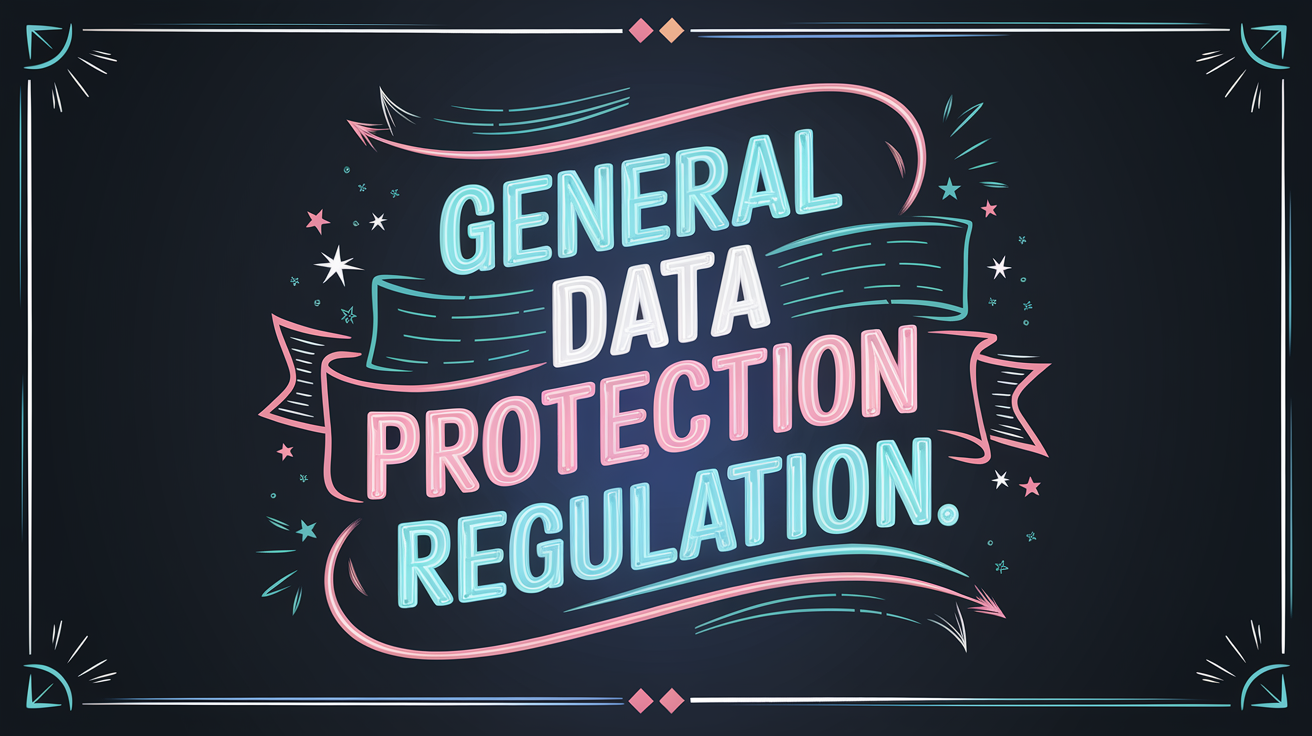
The General Data Protection Regulation (GDPR) is a European law that governs the processing and protection of personal data for citizens of the European Union (EU). Enforced in May 2018, GDPR has a global impact as it applies not only to companies within the EU but also to organizations worldwide that process the personal data of EU citizens, regardless of their location.
GDPR was created to enhance the protection of EU citizens’ data and provide more control over how their personal information is collected, stored, and processed. It covers a wide range of privacy issues and imposes strict requirements for transparency, data security, and individual rights.
Origin and Importance of GDPR
GDPR replaced the earlier EU Data Protection Directive, which was introduced in 1995 — long before the internet and digital technologies became integral to daily life. As the internet, social media, e-commerce, and other digital services expanded, it became clear that the old regulations did not fully address the complexities of modern data privacy.
The main goal of GDPR is to give EU citizens greater control over their data and hold companies more accountable for how they use that data. Key changes include the requirement for explicit user consent before data collection, the right to request the deletion of personal data (right to be forgotten), and the obligation for companies to report data breaches within 72 hours.
GDPR imposes strict requirements on data handling, and violations can lead to significant fines — up to €20 million or 4% of the company’s global annual revenue, whichever is higher.
Who Enforces GDPR?
Each EU country has its own Data Protection Authority (DPA), responsible for investigating breaches and issuing guidance. These national regulatory bodies oversee GDPR compliance and have the authority to impose penalties on companies that fail to follow the rules.
For instance:
– In Germany, it’s the BfDI (Federal Commissioner for Data Protection and Freedom of Information).
– In the UK, it’s the ICO (Information Commissioner’s Office).
– In France, it’s the CNIL (Commission nationale de l’informatique et des libertés).
These authorities are the first point of contact for complaints and investigations related to GDPR violations.
How to Comply with GDPR: Key Aspects
To comply with GDPR, companies must follow a series of rules and procedures. Here are the key steps:
1. Consent for Data Processing
Companies must obtain explicit consent from users before collecting and processing their personal data. This consent must be voluntary, informed, and specific. A simple “checkbox” is not enough — the user must clearly understand what data is being collected and for what purpose.
2. Right to Access and Rectification
Users have the right to access the data a company has collected about them and request corrections or updates if necessary.
3. Right to Be Forgotten (Data Erasure)
Users can request that companies delete their personal data when there are no legal grounds to continue processing it.
4. Data Breach Notification
In the event of a data breach, companies are required to notify both the relevant regulatory authorities and affected users within 72 hours.
5. Data Protection Officer (DPO)
Large organizations or those processing large volumes of data must appoint a Data Protection Officer (DPO). This individual oversees data protection practices and acts as the primary point of contact with regulatory bodies.
6. Data Security Measures
Companies must ensure that data is protected both during transmission and while at rest. This includes encryption, regular security testing, and limiting access to data only to employees who need it to perform their duties.
7. Transparency
Users must be informed about what data is collected, for what purpose, and how long it will be stored. This information must be easily accessible and written in clear, simple language.
Pitfalls When Working with GDPR
Despite the benefits of GDPR, companies often face challenges and “pitfalls” in trying to comply. Here are a few common issues:
1. Difficulty in Obtaining Explicit Consent
GDPR places great emphasis on obtaining explicit user consent, which isn’t always straightforward. For example, companies must ensure that users fully understand what data is being collected and provide them with the ability to easily withdraw consent. This requires careful planning and revision of all forms, policies, and data collection mechanisms.
2. Right to Be Forgotten and Technical Challenges
Deleting all of a user’s data across all systems can be technically challenging. Backup systems, archived files, and temporary storage may contain data that is difficult to trace and remove.
3. International Data Transfers
If a company works with customers outside the EU, it must ensure GDPR compliance even when data is transferred across borders. This can involve complex legal procedures and additional security measures for transferring data to other countries.
4. Penalties and Liability
The penalties for GDPR non-compliance can be astronomical, especially for large companies. Mishandling data can result in huge financial losses and significant reputational damage.
5. Challenges in Ensuring Data Security
GDPR requires companies to implement “appropriate technical and organizational measures” to protect data. However, there is no clear definition of what these measures should include, and companies must independently determine what qualifies as “sufficient.”
GDPR is a serious regulation that requires careful adherence to all rules and procedures. Companies must implement cutting-edge technology to protect data, develop clear security policies, and ensure full transparency in their data handling processes. Despite the complexities and pitfalls, GDPR compliance not only safeguards data but also fosters trust with users.
Comments are closed